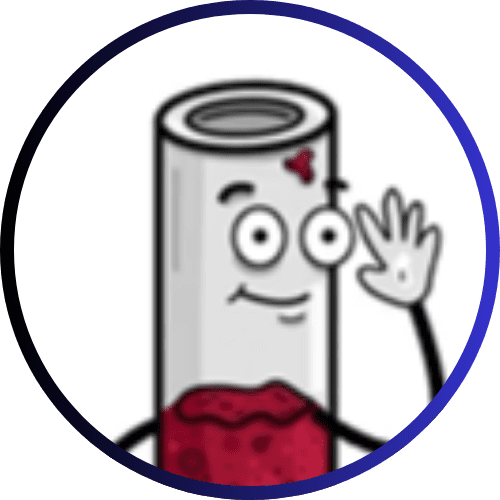Stem cells repair stroke damage
The transplantation of neuronal stem cells can reverse damage to the brain after a stroke, as researchers at the University of Zurich have shown in two new studies. The therapy leads to the formation of new nerve cells, reduces inflammation and restores motor functions. This milestone opens up promising avenues for the treatment of brain-damaging diseases and accidents, as there is currently no method to replace dead brain cells.
One in four adults suffers a stroke in the course of their lives, and about half suffer permanent impairments such as paralysis or speech disorders. The cause is bleeding or lack of oxygen, which irrevocably destroys nerve cells. A team led by Christian Tackenberg, scientific head of the Neurodegeneration Group at the Institute of Regenerative Medicine at the University of Zurich, and postdoctoral researcher Rebecca Weber and in cooperation with Ruslan Rust from the University of Southern California has investigated the regenerative potential of neuronal stem cells. The results, published in Nature Communications, show that these cells not only generate new nerve cells, but also trigger extensive regeneration processes.

For the experiments, the scientists used human neural stem cells obtained from induced pluripotent stem cells ŌĆō produced from ordinary somatic cells. These cells can differentiate into different types of the nervous system. In mice, a permanent stroke similar to human cerebral infarction was induced. The animals were genetically modified to prevent rejection of the transplanted cells. One week after the event, the researchers injected the stem cells into the affected brain regions and monitored the process for five weeks using imaging techniques and biochemical analyses.
The stem cells survived the entire observation period and mainly transformed into functional nerve cells that formed networks with the existing brain cells. In addition, they promote the formation of new blood vessels, reduce inflammatory reactions and strengthen the blood-brain barrier. These effects go beyond previous studies that were limited to short-term results. Particularly remarkable: The motor deficits of the mice, such as coordination disorders, were completely eliminated, which was proven by AI-based gait analysis, among other things.
From the very beginning, the Zurich team took into account requirements for application in humans. The stem cells were produced without animal reagents, based on a protocol developed in collaboration with Kyoto University’s Center for iPS Cell Research and Application. A second study found that the transplant is more effective one week after the stroke than immediately after, which would make it easier to prepare in the clinic. Current work is aimed at a safety system that prevents uncontrolled cell growth, as well as easier administration by blood infusion instead of direct brain implantation.
Despite the encouraging findings, challenges remain, such as minimizing risks and optimizing them for clinical use. Studies on stem cell therapy for Parkinson’s are already underway in Japan, which could pave the way for similar approaches to stroke. The discovery underlines the potential of regenerative medicine to treat brain damage and improve the quality of life of those affected.
Original Paper:
Rebecca Z. Weber et al.: Neural xenografts contribute to long-term recovery in stroke via molecular graft-host crosstalk. Nature Communications. 16 September 2025. DOI: 10.1038/s41467-025-63725-3
Read Also:
Multiple Sclerosis: Stem Cells Repair Nerve Damage – MedLabPortal
Editor: X-Press Journalistenb├╝ro GbR
Gender Notice. The personal designations used in this text always refer equally to female, male and diverse persons. Double/triple naming and gendered designations are used for better readability. ected.




